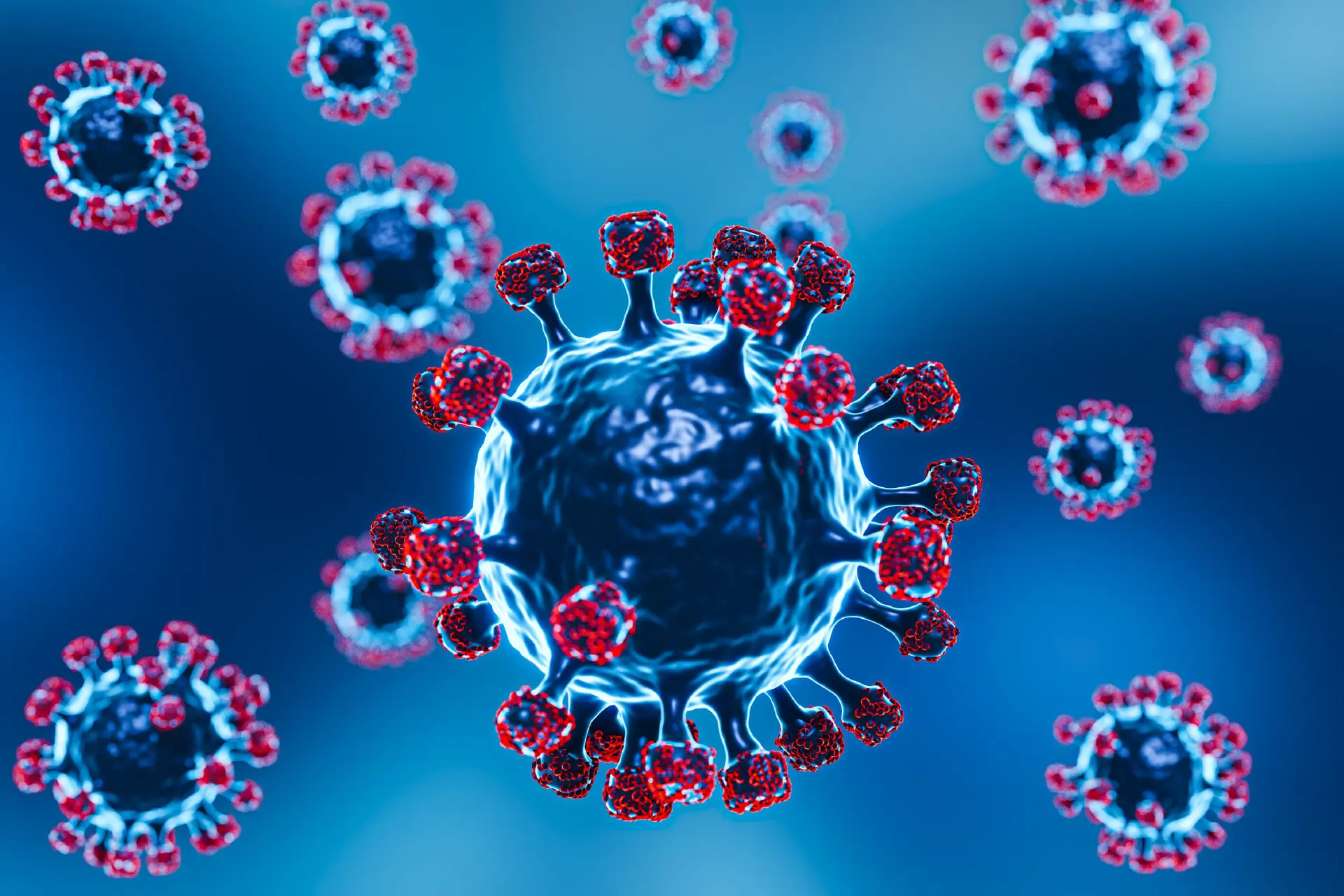Covid | 4 min read
COVID-19 vs Influenza: How Are These Respiratory Illnesses Similar?
Medically reviewed by
Table of Content
Key Takeaways
- COVID-19 symptoms share similarities with seasonal allergies and colds
- Pitting COVID-19 vs Influenza reveals common symptoms like fever and fatigue
- Protect yourself from coronavirus transmission with vaccination
The COVID-19 outbreak threatens health and safety across the world. A respiratory illness caused by the coronavirus, its symptoms look like that of influenza. Influenza or flu is also a viral infection that targets the respiratory system. Some of the common symptoms include the following.
- Fever
- Fatigue
- Headache
- Stuffy nose
- Throat pain
Both COVID-19 and influenza viruses show similar etiology. The symptoms appear soon after infection in the case of influenza. With COVID-19, symptoms take a longer time to present themselves. However, this is one of the differences. Here is a brief overview of the similarities and differences of COVID-19 in comparison to influenza and similar infections. This will help patients make the right decision for better health.
Additional Read: Your Comprehensive Guide to the COVID-19 VirusCOVID-19 vs. Influenza
When COVID-19 and influenza are compared, the main difference is the speed of transmission. This is a measure to check how soon the virus spreads infection. In the case of coronavirus transmission, the virus takes time to spread after the occurrence of symptoms. However, a patient gets infected with an influenza virus even before symptoms appear. While the influenza
virus has a shorter incubation period, the coronavirus has a higher one. The incubation period refers to the time a person gets infected to the time symptoms appear. The serial interval or the time between successive cases is 3 days in the influenza virus. It is estimated to be 5 to 6 days in coronavirus, implying that the influenza virus can spread faster. [1,2]
The influenza virus affects more children compared to the coronavirus. As per recent research, COVID-19 is affecting children as well, but such cases are comparatively fewer. There is a higher incidence of influenza affecting children. Mortality or death rate is another factor when considering COVID-19 vs. influenza. While the mortality rate of the influenza virus is below 0.1%, the COVID-19 rate ranges between 3% to 4% approximately. [2]
The corona and influenza viruses similarity is that these organisms spread the infection through contact and droplets. Different antiviral drugs and vaccines are available for influenza, while vaccines such as Covaxin and Covishield have been developed for COVID-19. [2]

Additional Read: Important Coronavirus Symptoms in Kids: What every Parent must Keep in Mind
COVID-19 vs. seasonal allergies and colds
COVID-19 symptoms show similarities with cold and other seasonal allergies. All these diseases usually show symptoms like cough, sore throat, and a runny or stuffy nose. In COVID-19, however, dry cough is a symptom that is unlike that of a common cold.
While comparing COVID-19 vs. seasonal allergies, the difference is that COVID-19 is accompanied by muscle aches, tiredness, and fever. In COVID-19, patients may even observe unusual symptoms like diarrhea, nausea, and vomiting. These are not present in the case of a common cold. Loss of taste or smell is a common symptom of COVID-19, which is rare in the common cold. [3]
COVID-19 is caused by SARS-CoV-2 or the coronavirus, while rhinovirus causes the common cold. Like influenza, the common cold has a higher transmission rate, unlike COVID-19. Another differentiating factor of COVID-19 vs. seasonal cold is that symptoms appear in 1 to 3 days in the common cold, usually harmless. Patients can take a decongestant or do steam inhalation for relief from cold. [2,3,4]
The checklist below helps understand common symptoms of COVID-19 vs. seasonal allergies, COVID-19 vs. Influenza, and COVID-19 vs. seasonal cold. [5]


It is important to understand the symptoms of COVID-19 and take necessary precautions. Also, keep a vigilant eye for similar symptoms of other respiratory illnesses to get checked immediately. Get the COVID-19 vaccine for your own safety. Find vaccine availability close to you using Bajaj Finserv Health’s vaccination slot tracke and you can download cowin certificate online. It notifies users with available COVID-19 vaccination slots to make the process smooth and easy.
References
- https://www.mayoclinic.org/diseases-conditions/coronavirus/in-depth/covid-19-cold-flu-and-allergies-differences/art-20503981
- https://www.who.int/emergencies/diseases/novel-coronavirus-2019/question-and-answers-hub/q-a-detail/coronavirus-disease-covid-19-similarities-and-differences-with-influenza
- https://www.paho.org/en/news/25-3-2020-similarities-and-differences-covid-19-and-influenza
- https://www.cdc.gov/flu/symptoms/flu-vs-covid19.htm
- https://www.emersonhospital.org/articles/allergies-or-covid-19,
Disclaimer
Please note that this article is solely meant for informational purposes and Bajaj Finserv Health Limited (“BFHL”) does not shoulder any responsibility of the views/advice/information expressed/given by the writer/reviewer/originator. This article should not be considered as a substitute for any medical advice, diagnosis or treatment. Always consult with your trusted physician/qualified healthcare professional to evaluate your medical condition. The above article has been reviewed by a qualified doctor and BFHL is not responsible for any damages for any information or services provided by any third party.





